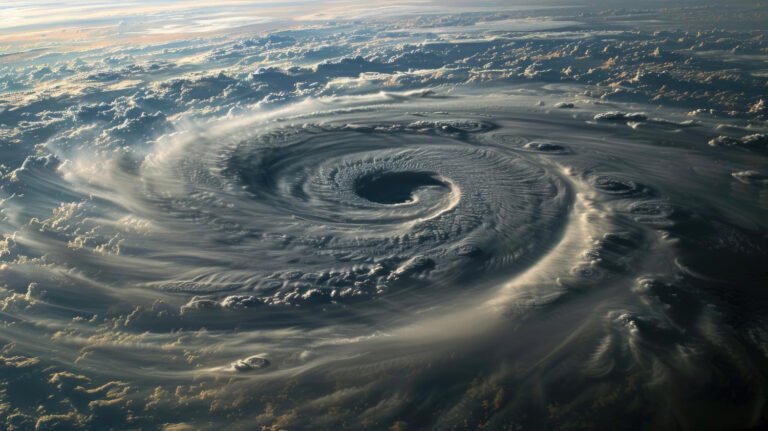Achieving Net Zero Emissions: A Critical Step to Prevent Climate Tipping Risks
A new study published in Nature Communications highlights the urgent need to achieve net zero greenhouse gas emissions to limit the risks of triggering climate tipping points. These tipping points represent critical thresholds in Earth systems, such as ice sheets and rainforests, which, if crossed, could lead to irreversible environmental changes with profound global consequences. The study underscores that even a temporary overshoot of the 1.5°C temperature target greatly increases the risk of reaching these tipping points, making stringent emission reductions imperative.
The authors point out that key climate systems, including the Greenland Ice Sheet, the Amazon Rainforest, and the Atlantic Meridional Overturning Circulation, are particularly susceptible to tipping under higher temperature scenarios. For instance, prolonged warming could lead to the collapse of the Greenland Ice Sheet, contributing significantly to global sea-level rise. Similarly, the Amazon Rainforest could reach a state of irreversible dieback if warming exceeds safe thresholds, leading to biodiversity loss and a shift from carbon sequestration to carbon release.
According to the study, achieving net zero emissions by 2100 is not just a goal but a necessity to ensure that long-term planetary stability is maintained. The researchers warn that a temporary overshoot of temperature targets, followed by later reductions, might not suffice in avoiding the severe impacts of tipping points. They call for urgent action to achieve stringent emissions cuts this decade, aiming to limit global warming to below critical thresholds and to prevent irreversible changes in these vital Earth systems.
The research also draws attention to the need for comprehensive climate policies that prioritize near-term action. The study argues that current climate commitments, even if met, might be inadequate to avoid dangerous tipping points. Instead, a more aggressive transition towards renewable energy, a reduction in fossil fuel dependency, and substantial investments in carbon mitigation technologies are crucial to reducing atmospheric greenhouse gas concentrations.
The findings of this study serve as a stark reminder of the interconnected nature of Earth systems and the importance of staying within planetary boundaries. With the potential for cascading impacts, such as the loss of ice sheets triggering further ocean warming, the study highlights the delicate balance needed to ensure a stable climate. Avoiding dangerous climate tipping points will require not only achieving net zero emissions but also maintaining a long-term commitment to reducing emissions and protecting vulnerable ecosystems.
Key Points
- Tipping Risks: Exceeding 1.5°C, even temporarily, greatly increases the risk of crossing critical climate tipping points, leading to severe, irreversible impacts.
- Key Climate Systems at Risk: The Greenland Ice Sheet, Amazon Rainforest, and Atlantic Ocean circulation are at high risk if emissions are not urgently reduced.
- Net Zero is Crucial: Achieving and maintaining net zero greenhouse gas emissions by 2100 is necessary to minimize the risks of tipping points.
- Urgent Emission Reductions: Rapid, stringent reductions in emissions are needed to avoid crossing tipping thresholds that could lead to permanent environmental changes.
- Comprehensive Climate Policy: Effective policy measures are needed to drive rapid decarbonization, reduce dependency on fossil fuels, and achieve global temperature targets.
Summary
Achieving net zero emissions is critical to minimizing the risks of climate tipping points, such as the collapse of the Greenland Ice Sheet and Amazon Rainforest dieback. Even temporary overshoot of the 1.5°C target could result in irreversible changes, making stringent emission reductions in the current decade essential. The study emphasizes the need for strong policy actions, a rapid transition to renewable energy, and a commitment to long-term emission reductions to ensure planetary stability and avoid catastrophic tipping events.
Based on an article published in Nature Communications.







